Italy: 'Many dead' as avalanche strikes Abruzzo hotel
Rescuers race against time to rescue trapped guests after desperate 'We are freezing to death' text

Italy hit by strongest earthquake in decades
31 October
Central Ialy is recovering from its most powerful earthquake in decades, after a 6.6-magnitude tremor hit the centre of the country, near Norcia, on Sunday morning. Shocks were felt in Rome and Venice.
Around 20 people were injured, some seriously, and many buildings were destroyed, but no deaths have been reported. At least 15,000 people were forced to sleep in temporary shelters, including cars and tents, overnight.
The Week
Escape your echo chamber. Get the facts behind the news, plus analysis from multiple perspectives.

Sign up for The Week's Free Newsletters
From our morning news briefing to a weekly Good News Newsletter, get the best of The Week delivered directly to your inbox.
From our morning news briefing to a weekly Good News Newsletter, get the best of The Week delivered directly to your inbox.
Many casualties were avoided because people had already fled the area following two smaller shocks last week.
The latest tremor comes less than two months after an earthquake killed almost 300 people and destroyed several towns near Amatrice.
Seismologists are concerned more powerful earthquakes may follow. They believe "August's event broke two neighbouring faults, starting on one known as the Laga and then jumping across to one called the Vettore", says BBC science correspondent Jonathan Amos.
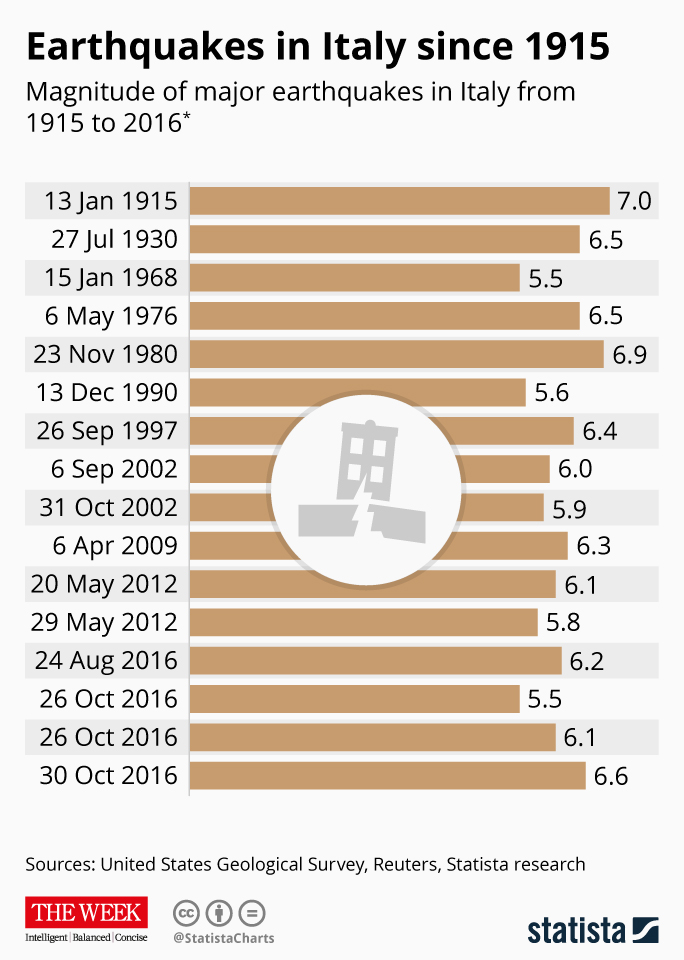
While recent tremors have relieved tension in the upper sections of these faults, "the big question is whether the deeper segments have now failed in the latest event", he says.
A free daily email with the biggest news stories of the day – and the best features from TheWeek.com
Renato Boccardo, the Archbishop of Spoleto-Norcia, said everyone has been "suspended in a never-ending state of fear and stress" and are "at their wits' end".
Infographic by statista.com for TheWeek.co.uk.
Italy rocked by two more earthquakes
27 October
Two powerful earthquakes struck central Italy last night, about 50 miles north of the site of a deadly quake that claimed 300 lives in August. Several people were injured, but no deaths have been reported.
The first tremor, measuring magnitude-5.5, occurred near Visso at 7pm local time, while the second quake, measuring 6.1, took place two hours later and "could be felt strongly in Rome", more than 150 miles away.
The earthquakes caused severe damage to buildings in the area, particularly in the small town of Ussita.
Mayor Marco Rinaldi described scenes of chaos among panicked residents.
"It was a very strong earthquake, apocalyptic. Many houses have collapsed. Our town is finished," he said.
The town of Camerino also suffered significant damage. "Everyone is leaving Camerino by foot or car to seek safety," a witness told the BBC. "Two churches are destroyed and many houses [have] fallen."
The full extent of the damage will be assessed by emergency workers once dawn has broken.
The US Geological Survey says both earthquakes were "relatively shallow" and centred around six miles below the surface.
Shallow earthquakes tend to cause more shaking. When "coupled with sometimes centuries-old infrastructure, as is the case in many of the hilltop towns of Italy, these quakes can cause significant damage", says USA Today.
Two months ago, an earthquake struck the town of Amatrice, 45 miles away, killing more than 300 people.
-
 Pakistan: Trump’s ‘favourite field marshal’ takes charge
Pakistan: Trump’s ‘favourite field marshal’ takes chargeIn the Spotlight Asim Munir’s control over all three branches of Pakistan’s military gives him ‘sweeping powers’ – and almost unlimited freedom to use them
-
 Codeword: December 6, 2025
Codeword: December 6, 2025The daily codeword puzzle from The Week
-
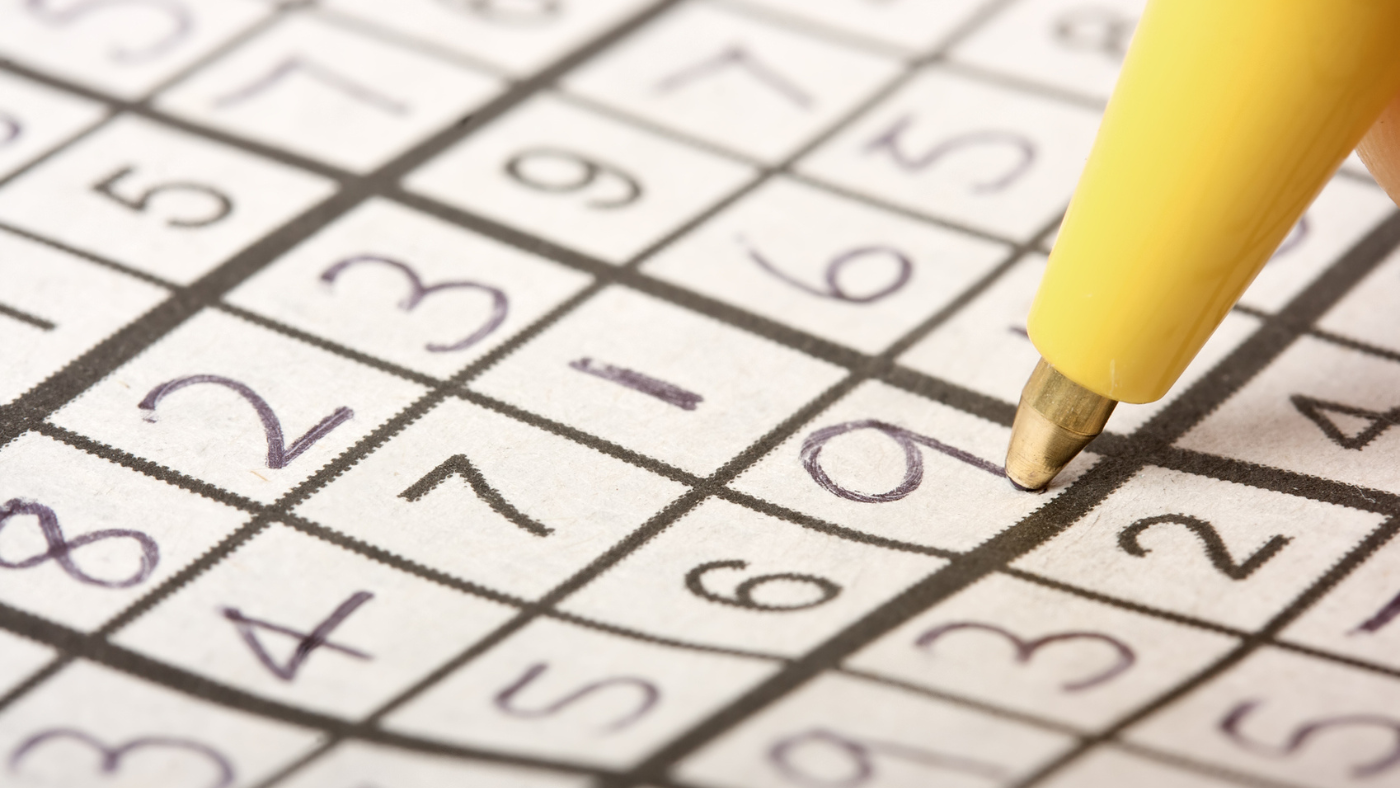 Sudoku hard: December 6, 2025
Sudoku hard: December 6, 2025The daily hard sudoku puzzle from The Week
-
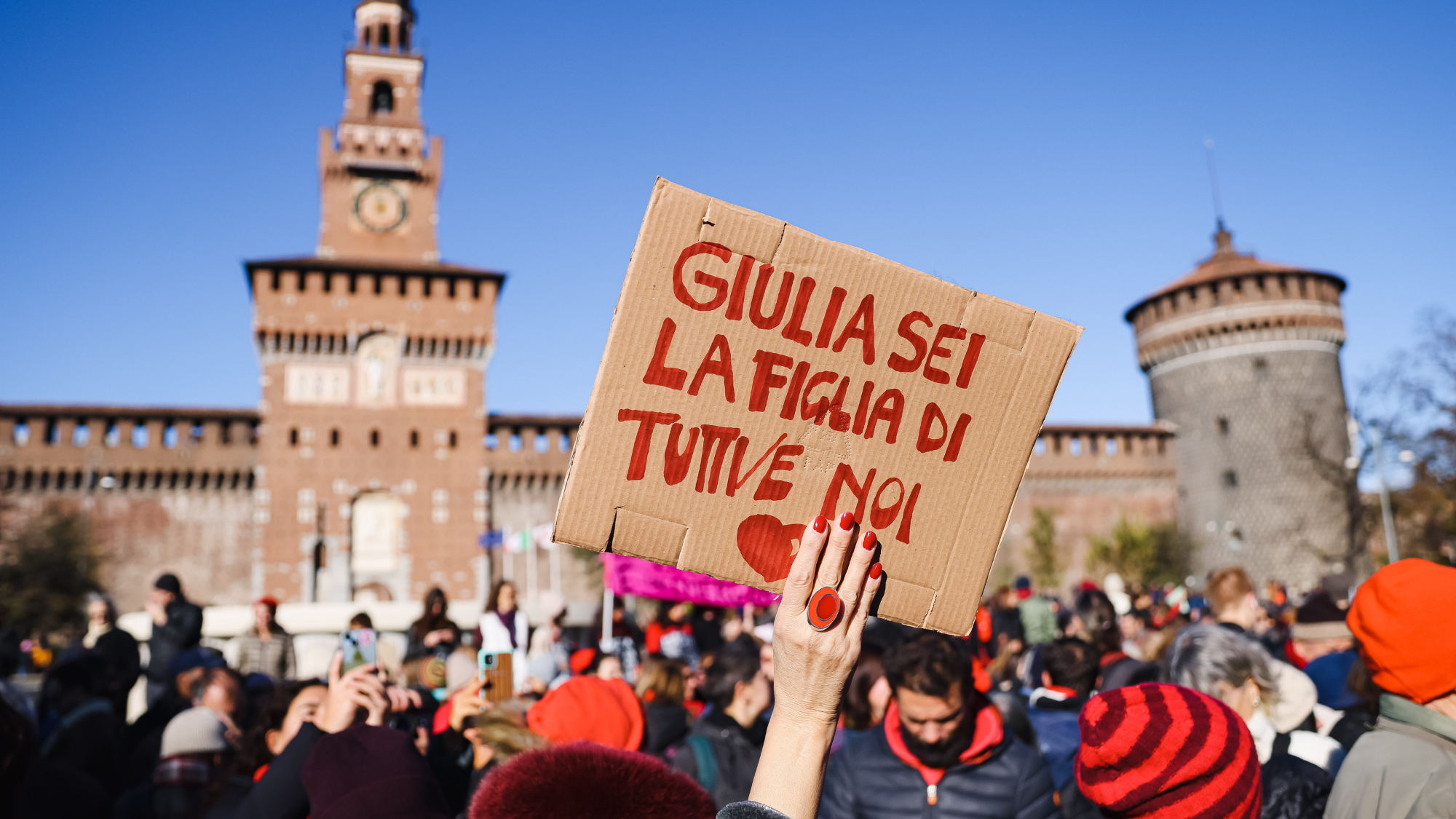 Femicide: Italy’s newest crime
Femicide: Italy’s newest crimeThe Explainer Landmark law to criminalise murder of a woman as an ‘act of hatred’ or ‘subjugation’ but critics say Italy is still deeply patriarchal
-
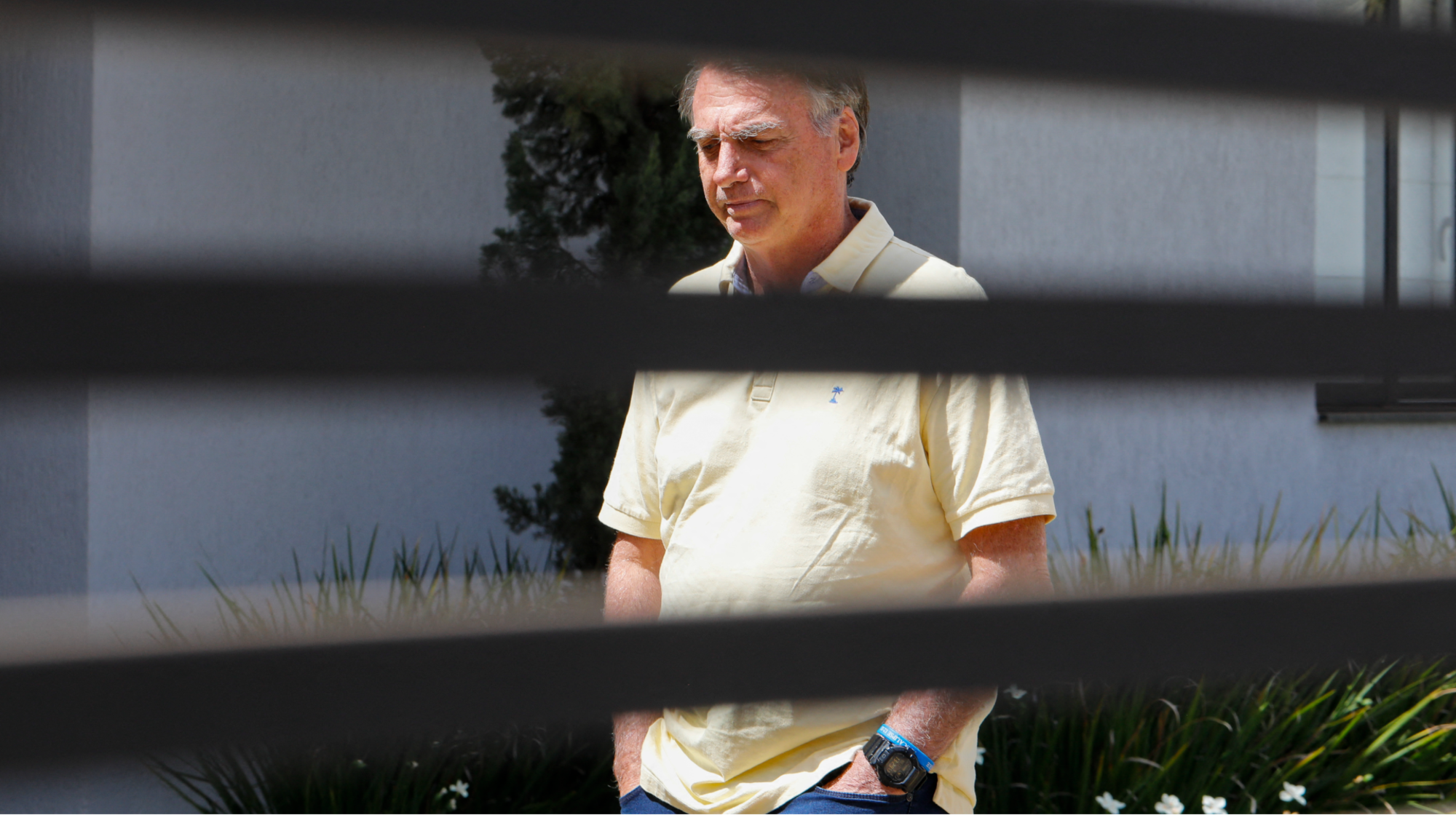 Brazil’s Bolsonaro behind bars after appeals run out
Brazil’s Bolsonaro behind bars after appeals run outSpeed Read He will serve 27 years in prison
-
 Americans traveling abroad face renewed criticism in the Trump era
Americans traveling abroad face renewed criticism in the Trump eraThe Explainer Some of Trump’s behavior has Americans being questioned
-
 Nigeria confused by Trump invasion threat
Nigeria confused by Trump invasion threatSpeed Read Trump has claimed the country is persecuting Christians
-
 Sanae Takaichi: Japan’s Iron Lady set to be the country’s first woman prime minister
Sanae Takaichi: Japan’s Iron Lady set to be the country’s first woman prime ministerIn the Spotlight Takaichi is a member of Japan’s conservative, nationalist Liberal Democratic Party
-
 Russia is ‘helping China’ prepare for an invasion of Taiwan
Russia is ‘helping China’ prepare for an invasion of TaiwanIn the Spotlight Russia is reportedly allowing China access to military training
-
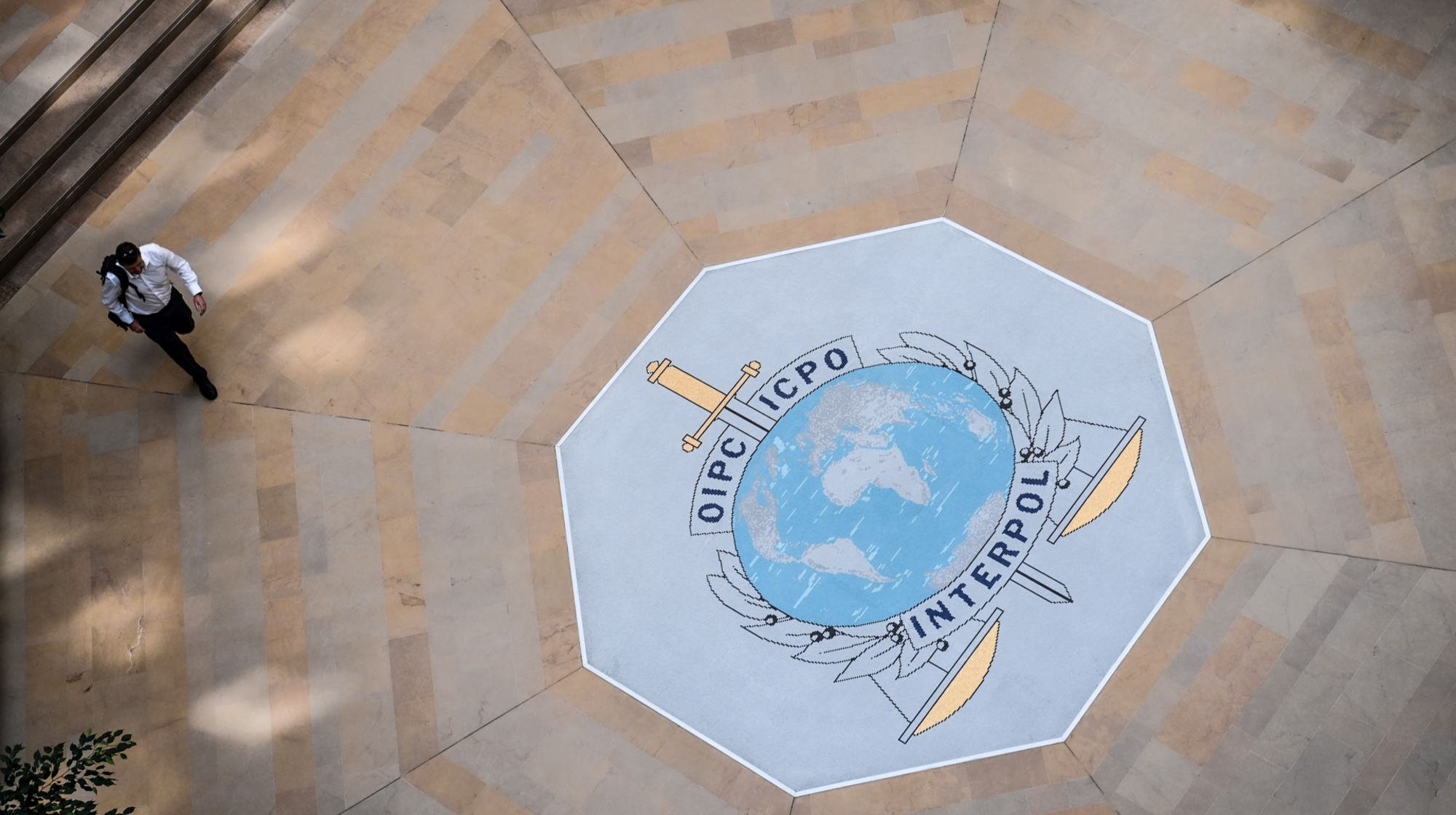 Interpol arrests hundreds in Africa-wide sextortion crackdown
Interpol arrests hundreds in Africa-wide sextortion crackdownIN THE SPOTLIGHT A series of stings disrupts major cybercrime operations as law enforcement estimates millions in losses from schemes designed to prey on lonely users
-
 China is silently expanding its influence in American cities
China is silently expanding its influence in American citiesUnder the Radar New York City and San Francisco, among others, have reportedly been targeted